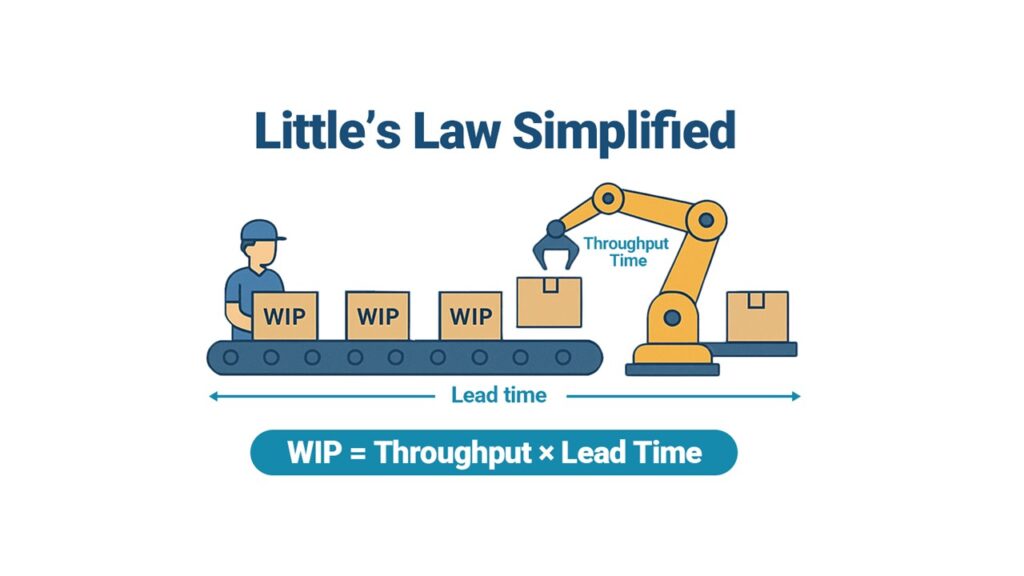Why Your Digital Transformation Might Be Slowing You Down?
Most organizations today believe they’ve become “digital.” They’ve invested in new tools, automated workflows and built data dashboards that track every metric imaginable.
But here’s the truth: most companies have only digitized their waste, while technology promises efficiency, it often ends up amplifying inefficiency that already exists.
Behind the glossy digital front, inefficiencies are simply running faster, powered by data, and automation. These are what we call Digital Wastes, the silent killers of productivity, clarity and value creation.
Let’s explore the 10 most common digital wastes slowing down modern organizations and how recognizing them can lead to smarter, leaner digital performance.
1. Data Overproduction
Too much data can be just as harmful as too little. When teams collect unnecessary or unused data, it clutters dashboards, increases storage costs, and hides meaningful insights.
Impact: Storage burden, slower systems and clouded decision-making.
2. Data Waiting
Delays in getting the right data to the right person at the right time, lead to lost responsiveness.
Impact: Slower decision-making and missed opportunities for quick action.
3. Digital Overprocessing
Automation and digitalization are powerful-but overdoing it creates complexity. Adding unnecessary digital steps or automating trivial tasks confuses users and drives up maintenance costs.
Impact: Higher system costs and user frustration.
4. Integration Waste
Disconnected systems that don’t “talk” to each other create massive inefficiencies. Teams end up re-entering data, reconciling errors, or dealing with incomplete information.
Impact: Data integrity issues and wasted time in manual corrections.
5. Motion in Digital Space
Excessive clicks, logins, or screens for simple actions waste time and energy.
Impact: Loss of productivity and increased user frustration.
6. Overproduction of Reports
Reports are meant to create clarity; but too many reports can paralyze teams. When every department generates dashboards that add no new insight, decisions slow down.
Impact: Decision fatigue and time wasted formatting unnecessary reports.
7. Unused System Features
Many organizations pay for tools or modules that are never used. Every unused feature is wasted investment and wasted training time.
Impact: High cost with no return and employee overwhelms.
8. Rework and Corrections
When data is entered incorrectly or workflows are unclear, teams spend more time fixing mistakes than moving forward.
Impact: Loss of time and reduced trust in digital systems.
9. Talent Underutilization
Employees are often left out of digital design or improvement processes. Yet they’re the ones who know what works and what doesn’t.
Impact: Low system adoption, resistance to change, and missed improvement opportunities.
10. Digital Inventory
Unprocessed data, pending tasks, or unused automation scripts pile up silently in the background.
Impact: Information bottlenecks and slower decisions.
Taking the First Step Toward Digital Transformation
Digital transformation isn’t just about implementing new technology; it’s about creating value without waste. By applying this thinking to your digital systems, you can ensure that every tool, process and dataset contributes directly to better decisions and improved performance.
Eliminating digital waste doesn’t just make your systems leaner; it makes your organization smarter, faster, and more responsive.
